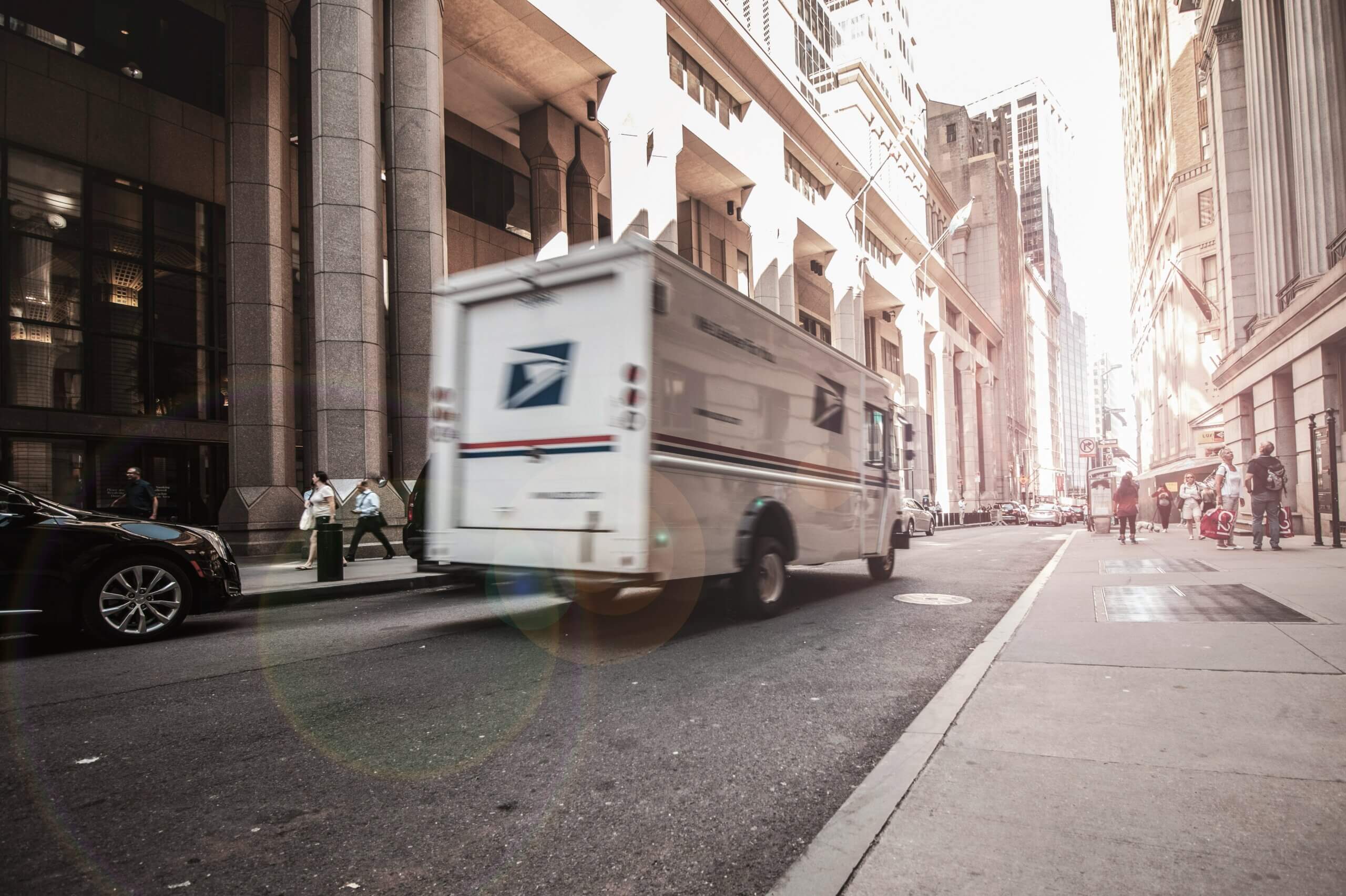Dangerous Roads for a Maryland Car Accident
Every single road in Maryland presents some danger to motorists. Some things are outside your control, whether you are a novice driver or have been driving for 40 years. Driver’s education schools teach of defensive driving. Ultimately, some accidents are unavoidable even if you do everything to the tee. Moreover, accidents are more probable on some roads than others. The most dangerous roads for a Maryland car accident present particular challenges. We will discuss the characteristics shared by the most dangerous roads below. Then, we will discuss the steps you can take to mitigate the risks presented by these roads. Generally, a trend will show through the several dangerous roads we examine. While they may be in many different parts of the state, a few things remain consistent.
Maryland contains diverse landscapes. While parts like Bethesda and Baltimore are more urban, it still has the uniqueness of cities like Ocean City and Annapolis. Our great state even has more rural cities that are the backbone of the state and country. With each landscape, we encounter dangerous roads for a Maryland car accident. If you are the parent of a teenage driver, you should pay particular attention to this guide as we provide vital information to navigate these areas cautiously. We suggest actionable tips to protect yourself on these roads, such as adjusting travel times, planning alternate routes to avoid these dangerous roads, or enhancing defensive driver techniques to mitigate the risk the best you can. Both knowledge of which roads are the most dangerous and preparation are key.
Characteristics of Dangerous Roads
The most dangerous roads in Maryland share many of the same characteristics. We highlight some of those characteristics here so you know what to look for whenever you are on these roads. While we do not recommend avoiding these dangerous roads altogether, if you are concerned about getting into an accident due to another driver’s negligence, consider avoiding these roads at peak travel times like rush hour. While the roads listed below are not the only ones with these characteristics, many possess a combination of the most factors. Moreover, many of them simply are traveled more than any other road. That may skew the statistics to a certain degree and be a danger on its face because it increases the probability of encountering a negligent driver.
The most common characteristics of dangerous roads for a Maryland car accident are as follows:
- High traffic volumes
- Poor road design
- Inadequate lighting
- Sharp curves
- Steep grades
- Insufficient signage
- Limited visibility
- Improper road maintenance – characterized by potholes, uneven surfaces, and faded road markings
Generally, the more of these characteristics a road has, the more dangerous it is. However, without a doubt, the most significant factor is high traffic volume. This depends on the time of day and how many lanes are on the road. Remember that if it is during rush hour in the morning, drivers may be late for work and impatient. This can compel them to drive recklessly. Meanwhile, in the evening, during rush hour, as drivers are commuting home from work, they may be stressed from work as well as physically and mentally exhausted.
List of Most Dangerous Roads in Maryland for an Accident
The most dangerous roads for a Maryland car accident are not the only hazardous roads in Maryland. Below, we describe roads that are notorious for their high accident rates and have been consistently identified as high-risk due to their design, traffic volume, and accident history.
Interstate 95 (I-95)
I-95 runs through the heart of Maryland and is one of the busiest highways in the state and the country. In fact, it is perhaps the primary highway on the east coast. It runs from Miami, Florida, through to the tip of Maine. It has a length of 1,924 miles and was constructed in 1957. The stretch of I-95 that goes through Maryland is 110.01 miles in length. The dangerous road travels northeast towards Baltimore, Maryland. It uses the Fort McHenry Tunnel to travel under Baltimore’s Inner Harbor.
So, what makes it so dangerous? I-95, for the most part, is a well-maintained, well-lit highway with proper signage and sufficient road design. While that is not always the case and is certainly subject to change, those are not the characteristics that make it dangerous. It is risky because the drivers who use this highway may be traveling for days at a time. You may see license plates from Georgia, Florida, the Carolinas, or Maine. They may be heading in any direction, and it is possible they have not taken a break for hours. This leads to driver fatigue. While you may find driver fatigue on many roads in Maryland, few are as extreme as on I-95.
Indian Head Highway (MD-210)

The Indian Head Highway is also among the most dangerous roads for a Maryland car accident. The highway is about 20 miles long, stretching from Potomac Avenue in Indian Head north to the District of Columbia boundary in Forest Heights, where the highway continues into Washington, D.C., as South Capitol Street. This road has witnessed numerous fatal accidents, often attributed to aggressive driving and speeding. While the Prince George’s County Police Department continues to sustain efforts to combat aggressive driving, this only mitigates the risk and does not completely eliminate it.
Landover Road (MD-202)
Landover Road is slightly shorter than Indian Head Highway but arguably just as dangerous. It is almost 14 miles long and starts near our office in Upper Marlboro in Prince George’s County and stretches through Landover, Maryland. For stretches of this road, it is a four-lane highway. Any time there are that many lanes on the road, there is the potential for a car wreck as more drivers generally translate to more accidents.
Baltimore Beltway (I-695)
The Baltimore Beltway combines the several lanes that make the previous two roads dangerous and adds in the stress of a commute during rush hour. As the name suggests, the Baltimore Beltway goes around the city of Baltimore in a circle. Thus, it is much like the capital beltway, I-495. At 51.46 miles long, it is one of the longest highways in Maryland (the longest is US-40). The Baltimore Beltway is officially named the McKeldin Beltway, but locals call it I-695 or the Baltimore Beltway. Unfortunately for commuters, drivers from I-95 will sometimes use the Baltimore Beltway to avoid traffic on I-95 if there is severe traffic due to a collision. The Francis Scott Key Bridge collapse was formerly a part of the Beltway but is now out of commission until its repair is complete.
Speak to a Maryland Car Accident Attorney Today
The most dangerous roads for a Maryland car accident should be of concern for any motorist who uses the roads even a couple of times a week. At Gelb & Gelb, we have seen the consequences of negligent driving thousands of times. A skilled attorney can provide invaluable assistance by evaluating the specifics of your case, dealing with insurance claims, and ensuring that you receive adequate compensation for damages and injuries.
We have practiced personal injury law in the state for over 70 years. If you are ever unfortunate enough to be in an accident caused by another driver, contact our office immediately for a free consultation.
















